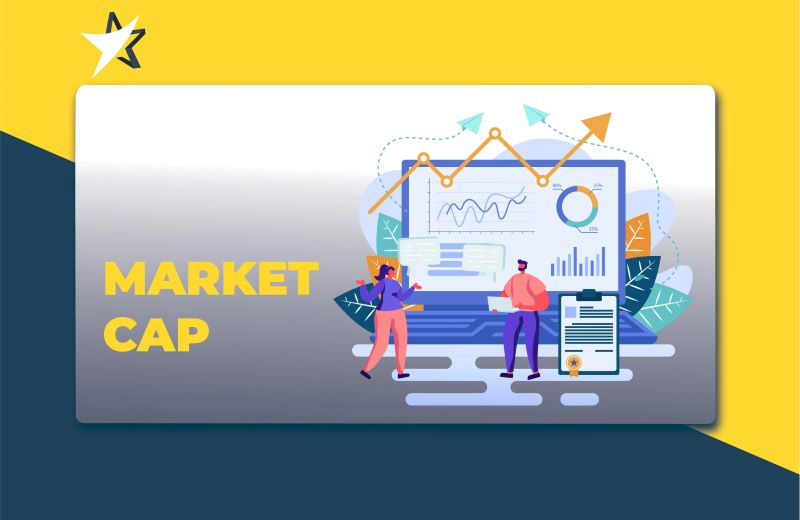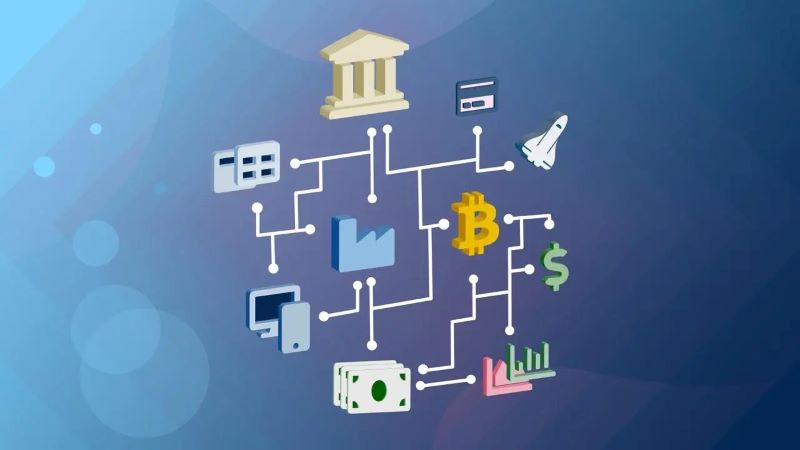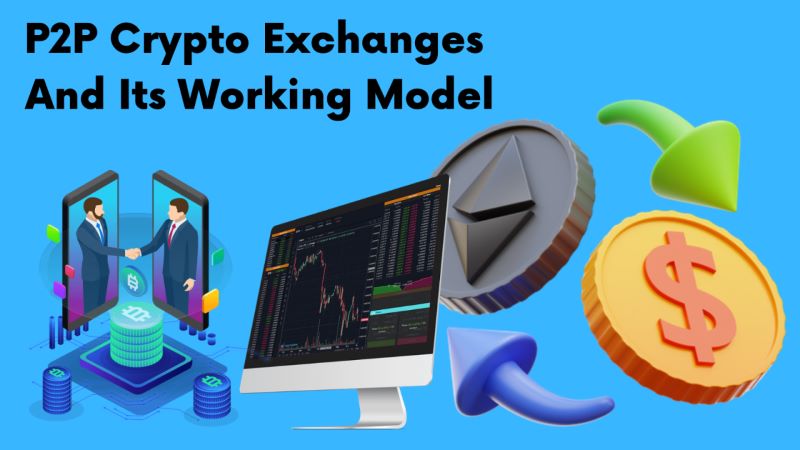Diving into the depths of digital finance, What are Crypto Derivatives? They’re not just buzzwords; they’re windows into the future of trading. Imagine a world where your investments move with the freedom of cryptocurrency, but with tools to tame the market’s wild swings. With crypto derivatives, that world is here. Simple and complex instruments alike are rewriting the rules of financial engagement. We’ll explore the nitty-gritty of how these tools work, why they matter, and where they’re taking us next. From basic contracts to the booming market size, and clever strategies for managing risk, catch a glimpse of how crypto derivatives are charging into new territories of finance. Your guide to understanding and mastering these powerful tools starts now.
Understanding the Basics of Crypto Derivatives
Different Types and Functions
Crypto derivatives are like bets on future prices of digital money. They let people trade based on what they think Bitcoin or Ethereum will be worth later. You can use them to bet on prices going up or down. They include bitcoin futures, ethereum options, and perpetual contracts in crypto. They’re not the actual coins but contracts built on their price moves.
With Bitcoin futures, you agree to buy or sell Bitcoin at a set price. This happens at a specific time in the future, no matter the current price. Ethereum options give you the choice to buy or sell Ethereum later at today’s price. But you’re not forced to. Perpetual contracts in crypto are like futures too. They let you bet on the future price of crypto without an end date.
These contracts work on a system called blockchain. That’s a list of records, like a digital ledger. It’s very safe and no one can easily mess with it. Think of blockchain as a notebook that many people have a copy of. If someone changes something, everyone’s notebook updates.
Core Mechanisms of Pricing and Settlement
The price of these crypto deals comes from the market. It’s a mix of how much people will pay and what sellers will take. Price changes happen with news, supply, and demand. The final price you deal with is called the settlement.
Settlement is when everyone agrees on a final price. For something like bitcoin futures, when the contract ends, the price set in the future is the price you use. The actual exchange of cash or crypto happens here. It can be the real crypto or just the cash value. This is the settlement process.
When we talk about margin in cryptocurrency trading, it’s like a deposit. You put down some money to open a big trade. But there’s a risk here; if prices move a lot, you could lose more than your deposit. Crypto derivative platforms keep track of all this.
People use crypto derivatives for many reasons. They can bet on prices, hedge digital assets to reduce risk, or get new kinds of market exposure. It’s a big world with a lot to learn.
Remember, each deal carries risks. Prices can swing wildly, and playing with these can mean big wins or big losses. Everyone looking to jump into this market needs to learn the ropes. They must understand how these tools work in the world of digital finance.
Investors can find crypto derivatives on exchanges. These platforms let people trade contracts based on Bitcoin, Ethereum, and many other cryptos. The choice of platform is crucial as each has different rules.
Understanding crypto derivatives means grasping the future of finance. It’s about learning new ways to invest, manage risk, and plan for what might come next.
The Evolving Landscape of Crypto Derivatives
Regulatory Considerations and Legal Implications
In the wild world of crypto, knowing the rules is key. Every trader needs to play it safe. Without clear rules, we risk losing our shirts. The law keeps us in check, telling us what’s in bounds – and what’s out. Crypto laws change fast, so we must stay sharp.
What are legal rules on crypto derivatives? They vary by country but are meant to keep things fair and safe. Some places say yes to crypto futures and options. Others aren’t fans and keep them on the sidelines. Knowing these rules matters. You don’t want to score a penalty for a foul you didn’t know was a foul.
Regulation affects how we trade these digital deals. It can make prices go up or down. It can change who wants to play ball with us. When laws are clear, more folks might want to trade. And with more traders, we see things like stable prices and more choices. When laws are unsure, trading these can get rough.
Market Size, Growth, and Opportunities in Decentralized Finance
Crypto futures and options are not just cool – they’re huge! They let people bet on prices without holding the actual coin—like a race where you pick a horse but don’t own it. This market is big and getting bigger. It’s all part of something called “DeFi,” where finance goes digital and cuts out the middle guy.
Why is DeFi growing? It’s simple – you can do a lot with it. DeFi offers many ways to trade or hedge your bets with digital money. You can swap one crypto for another or make deals that settle in the future. This growth isn’t just numbers. It’s about unlocking new chances for regular Joes and pros alike.
How big can DeFi get? Well, think of it like a game that’s just started. We’ve got players coming from all over to join in. They’re here because they see a shot to make money or dodge risk. And as the crowd grows, the game gets better. More trades, better security, and smarter ways to make coin.
But let’s not forget, this game has referees, and they’re watching. When they switch up the rules, we all need to learn the new playbook. That’s where guys like me come in, always reading the field, so you know how to run the play.
In the world of crypto, the game never stops. It’s full of twists and turns that can make or break fortunes. By keeping an eye on the rules and the players, we can score big in the digital finance league.
Strategic Trading and Risk Management in Crypto Derivatives
Hedging Strategies for Digital Assets
In the wild world of crypto, there’s a tool called hedging. Think of it like a safety net for your digital money. With cryptocurrencies bouncing up and down in price, it’s smart to have a plan. That’s where hedging comes in. It’s a strategy you can use to protect your assets at a basic level. By using things like bitcoin futures or ethereum options, you can set a price today for a trade you’ll make in the future. This can help you manage the risk. So, even if the market crashes, you won’t lose as much.
Here’s an easy way to see it. Say you own some Bitcoin, and it’s worth a lot right now. But you’re worried the price might fall really fast. You could use a bitcoin future to lock in today’s high price. If the price drops tomorrow, your future lets you sell at today’s price, not the lower one. This is just one of the many types of crypto derivatives you can use to hedge.
Assessing and Mitigating the Risks Associated with Leverage and Volatility
Now let’s talk about leverage and volatility. Leverage in crypto means you can trade more than what you have. It can help you make more money but it also makes things riskier. High leverage can turn small price moves into big wins or big losses very quickly. If the market goes against you, you might owe more money than you have. This is why managing risk with leverage is like walking a tightrope.
Volatility is another big term in the world of crypto derivatives. It’s about how wild the price swings are. In crypto, prices can change really fast. This can be good or bad—big swings can mean big money or big losses.
It’s not just about good luck, though. You need to know the risks and have a plan. Perpetual contracts in crypto, one kind of derivative, don’t have an end date. This means you can hold the position for as long as you want, but you also face the risk of the market changing quickly. With these, you have to pay fees to keep the position open, and these can add up.
To stay safe with leverage and volatility, you have to watch the market and make smart choices. This means knowing how much you can afford to lose and not going overboard with borrowing money to trade. If things look shaky, don’t just hope for the best. Use your hedging strategies to protect yourself. And remember, the bigger the leverage, the bigger the risk, so only use what you really need.
In crypto derivatives trading, like when you’re on a crypto derivatives exchange, it’s really important to do your homework. Know the risks, have a plan, and be ready for what the market might do. It’s not just guessing; it’s about making smart decisions to help keep your money safe.
Advanced Applications and Future Prospects of Crypto Derivatives
Innovation in Digital Finance Through Smart Contracts
Crypto derivatives are reshaping finance. Smart contracts are the heroes here. They are like self-working computer programs. They live on the blockchain. Smart contracts run the show for types of crypto derivatives. These include bitcoin futures and ethereum options.
Imagine you want to trade without actually holding the asset. Here’s where crypto options trading comes in handy. Options give you the right to buy or sell later at a set price. Ethereum options work like this. You can use them without owning the underlying Ethereum. It’s smart, right?
Perpetual contracts in crypto are another cool twist. They let you trade non-stop, no expiry date. Leverage in crypto trading steps in here. It helps you trade big with less money. But be careful — more leverage means more risk.
Blockchain-based contracts ensure everything’s transparent and fair. With smart contracts, we can create synthetic assets in crypto. They mimic other assets but live on the blockchain. It’s like having a digital twin of a stock or commodity.
The Impact of Crypto Derivatives on the Broader Financial Ecosystem
Now, let’s look at the impact. Crypto derivatives change how we see trading. They bring new ways to hedge digital assets. That means if you have Bitcoin, you can protect it against price drops. Handy, right?
They add layers to the financial playground. Crypto derivatives exchanges and platforms offer new chances for trade. You can now deal in cryptocurrency swaps or try margin trading cryptocurrency.
With new tools come new challenges. The risks of crypto derivatives are real. You can win big, but you can also lose big. How we handle initial margin requirement, settlement in crypto derivatives, and risks like counterparty failure matter.
But it’s clear: crypto derivatives make waves. They change how money moves. Liquidity in cryptocurrency derivatives shows there’s a lot of interest. People want to trade, and they want to do it now.
Regulation of crypto derivatives is catching up. Countries are figuring out the legal status of cryptocurrency derivatives. The goal is to keep things safe for everyone.
Investors like you and me must understand it all. We need to know about the benefits and dangers, including tax implications. It’s our job to stay informed and make smart choices.
Crypto derivatives are here to stay. As they grow, we’ll see more smart contracts for crypto derivatives. The market size will increase. More people will dive in. Finance won’t be the same — it’s getting a digital upgrade.
Derivatives in crypto give us power and choice. We can guard our investments, play with the market, and be part of a new finance chapter. But always watch the risks and play it wise. With these tools, our finance future looks exciting and bright!
In this post, we peeled back the layers on crypto derivatives. We started with the basics, touching on the various types and how they work. We looked at how prices are set and deals are closed. Then, we dove into how this market is changing, including the rules that govern it and how big it’s getting, especially in the world of online finance.
We also dug into the ways traders can use these tools to protect their digital cash and handle the ups and downs that come with high-risk bets. Lastly, we explored cutting-edge uses and what might happen next in this space. Crypto derivatives aren’t just complex; they’re at the heart of how money moves in our digital age.
Talking shop about crypto derivatives is tough, but it’s key to making smart moves in this world. They’re a big deal in finance and they’re still growing. And remember, with big rewards come big risks – always play it wise. Keep your eyes open and your mind sharp when you step into the crypto ring. That’s it from me – now go out there and put this knowledge to work!
Q&A :
What Exactly Are Crypto Derivatives?
Crypto derivatives are financial contracts that derive their value from an underlying cryptocurrency asset. Just like derivatives based on stocks or commodities, they allow traders to speculate on the future price movements of the cryptocurrency without actually owning it. Common types include futures, options, and swaps.
How Can You Trade Crypto Derivatives?
Trading crypto derivatives is done through various platforms that specialize in such financial instruments. You must first create an account on a crypto exchange that offers derivative trading, complete any required KYC (Know Your Customer) procedures, and then deposit funds or crypto. Markets for derivatives usually offer leverage, allowing you to trade larger amounts than you actually own.
Are Crypto Derivatives Risky?
Yes, crypto derivatives can be risky, especially because they often involve leverage, which can amplify both gains and losses. The volatility of the underlying cryptocurrencies, combined with the complexity of the derivatives themselves, requires a good understanding of the market and risk management strategies. It is important for traders to exercise caution and consider their experience level when dealing with derivatives.
What Are the Benefits of Crypto Derivatives?
Crypto derivatives have several benefits. They allow traders to hedge their positions, mitigating risk in fluctuating markets. They also provide the opportunity to gain exposure to cryptocurrencies without owning them, potentially leading to profit from both upwards and downwards market movements. Additionally, they can increase market liquidity and enable price discovery.
Who Should Consider Trading Crypto Derivatives?
Crypto derivatives trading is mainly suitable for experienced traders who understand the complexities and risks involved with these financial instruments. Institutional investors, day traders, and those looking to hedge their crypto holdings may find them particularly useful. However, newcomers to cryptocurrency trading should approach derivatives with caution and ideally gain experience with spot trading first.




